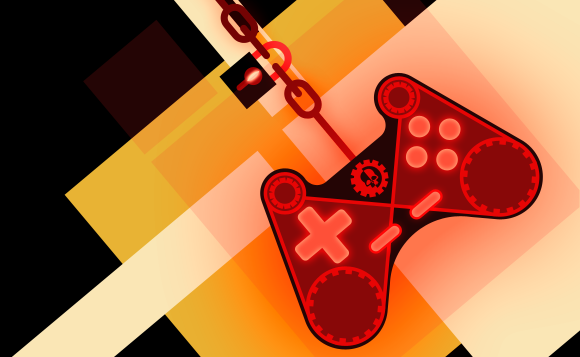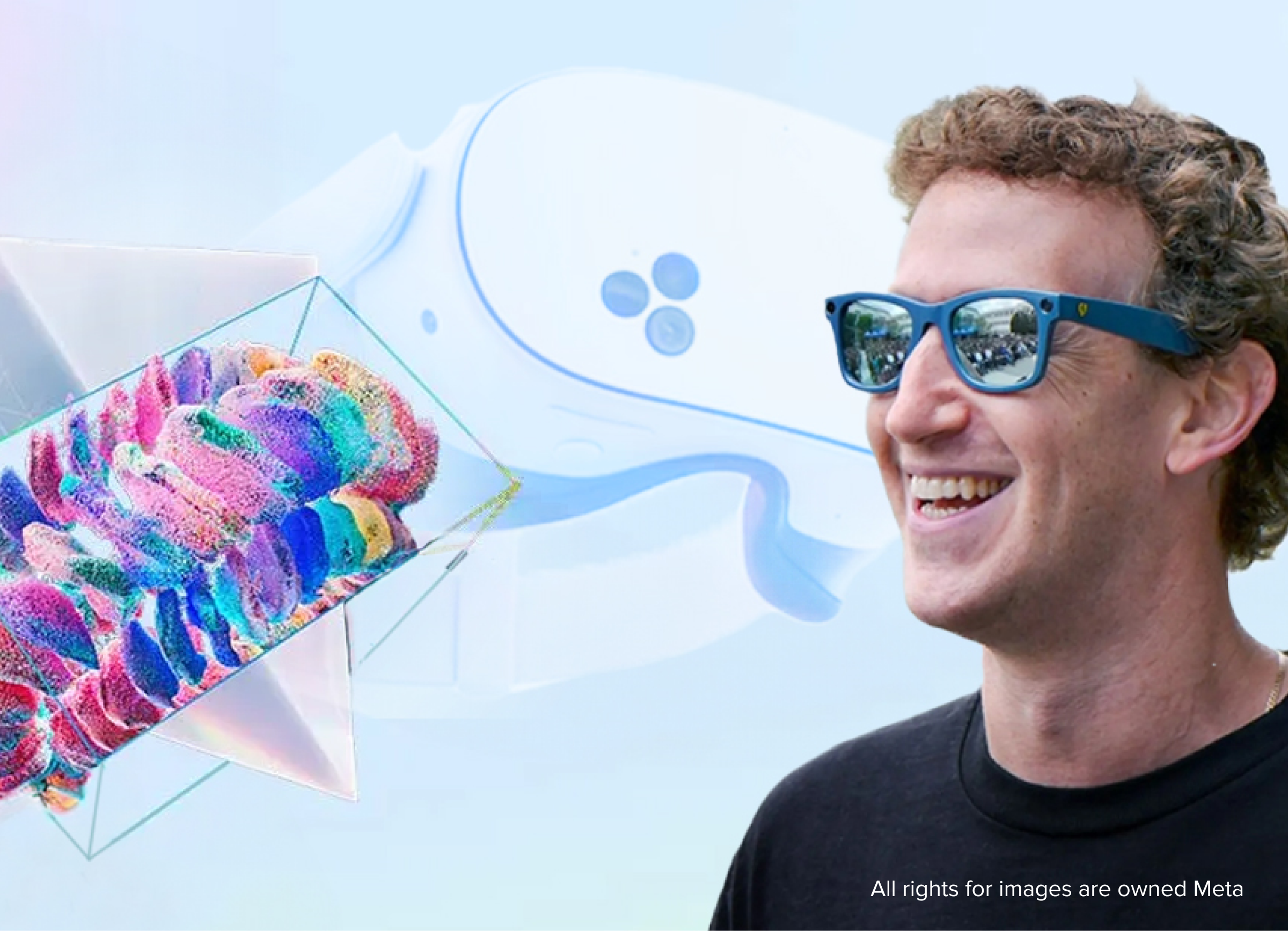
The gaming industry has received much appraisal for being one of the most constant industries when it comes to growth. The progress that has been made over the years transcends financial capacities to include the ability to unite people globally, as well as open up opportunities for innovation and creation of jobs. Among one of the fastest fronts of gaming and sports, today is the eSports sector. Having originated in the 80’s, eSports has been adopted worldwide and currently has an estimated 208 million viewership worldwide. These figures, according to IP Watchdog, is expected to grow to about 330 million by next year and 500 million by 2021.
Growth Factors
One of the main factors which have facilitated the constant and rapid growth of the gaming industry is the ability to adapt to new technologies quickly and effectively. This is in part due to the fact that the population consisting of the industry is majorly a young, tech-savvy one and those who are not scared to experiment with new technologies. The emergence of streaming services a little under a decade ago has also been pivotal in the expansion of eSports. These services have allowed sports organizers and gaming facilitators to expand their reach and gain a wider customer base which is continually growing.
Problem Areas
Even with all the success, the gaming industry faces some challenges in their efforts to streamline services. Business models, for instance, have been inconsistent, resulting in delay or failure to pay players. The infrastructures in place also lack clear-cut means for supporters and enthusiasts to be involved, leading to a monopolistic system where game owners have a higher control over players and international regulations.
BLOCKCHAIN AS A SOLUTION
The blockchain is a technology that has helped to jump many hurdles in technology so far, most notably the finance sector as well as in the management of documents. Innovators are now looking to do the same in eSports. By applying Blockchain, power and opportunities will be equally distributed among various groups involved in eSports. Various processes which have not been handled properly in the past – such as advertisement and sponsorship – will be streamlined and better monitored. The advantages that can be realized through the application of Blockchain include but are not limited to the following.
Smart Contraction
Blockchain offers the participants of eSports a platform for the generation of concise contracts which caters to the interests of all parties involved. Through Blockchain, players and teams involved will acquire a more transparent view of their deals, enabling them to identify areas of conflict and resolve them. They will also monitor these contracts better to ensure that game owners hold their end of these deals. eSports teams will also gain from smart contractions. Activities such as agreements dealing with payments, transfer of team members and the creation of tournaments will be streamlined and better managed.
Better eSports Finance Systems
The management of funds within eSports platforms is still considerably erratic and unstructured. A lot of funding goes unmonitored and most of the parties involved fail to acquire proper remittance for their services and participation in these gaming tournaments. Blockchain seeks to change the scene through cryptocurrency and the use of its distributed ledger technology to log transfer of funds in a transparent way. The technology will allow funds provided to game owners in form of donations, sponsorships, and investments to be better monitored and properly distributed across various departments within the business. Payments for players and teams will also be governed accordingly, with transactions having proper records.
Betting is also big in the eSports sector and Blockchain can be instrumental in running the processes fairly. It will enable low-fee betting and open up the avenue for participants at the grassroots. Match-fixing will also be discouraged, as Blockchain will strengthen the anonymity of betting selections, thereby preventing fraudulent use of the information to arrange wins.
Another financial benefit for eSports participants in finance is the secure and reliable transfer of funds when it comes to exchanging hard-earned rewards that are acquired during gameplay. Most games today feature hidden gems which are considered valuable for players, to the extent of bidding for them in order to progress further in the game or to improve player stats. Blockchain will prevent players from falling prey to fake payments or reversal of transactions as it entails an untraceable feature of funds transferred while logging in details which can be useful in investigations.
Strengthening IP Rights
IP rights in eSports can range from the game itself to the activities carried out during gameplay. Players have been known to come up with moves or even develop features within a game which improve the gameplay and enhance experiences. However, these players normally fail to get the recognition due to the fact that games belong to someone else. Blockchain technology can assist such inventions to be recognized, more specifically through those who have created them. Players can seek to copyright their inventions and earn some form of payments from them. Open source games will also have better management and allow for licensing of various modules which have been developed within the game environments.
Even though Blockchain technology in the eSports arena is still underdeveloped, there are many areas of application which can potentially benefit from its proper implementation. Knowing the different facets involved in eSports will enable developers to generate software solutions which seek to solve real problems and enable a more democratic space for these systems to thrive.


